BIG reveals full designs for Dubai Hyperloop in new video
Bjarke Ingels Group has today unveiled its designs for the world's first Hyperloop high-speed transportation system in Dubai, which is to feature pods that travel at "near supersonic speed".
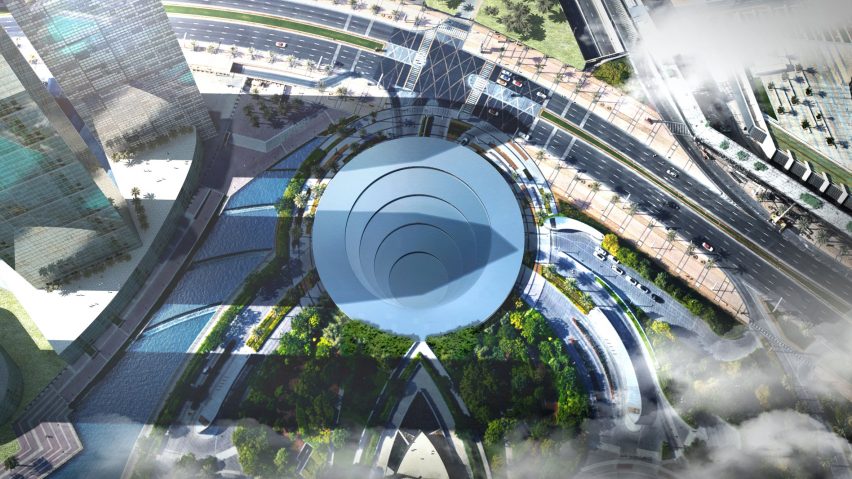
In the design, a fleet of cubic pods transport passengers to Hyperloop's main transport hub before being loaded into larger capsules, which travel through a network of elevated tubes to their destination.
The sunken and circular station known as a "portal" is shown situated at the foot of the Burj Khalifa – the world's tallest building – in the centre of Dubai.
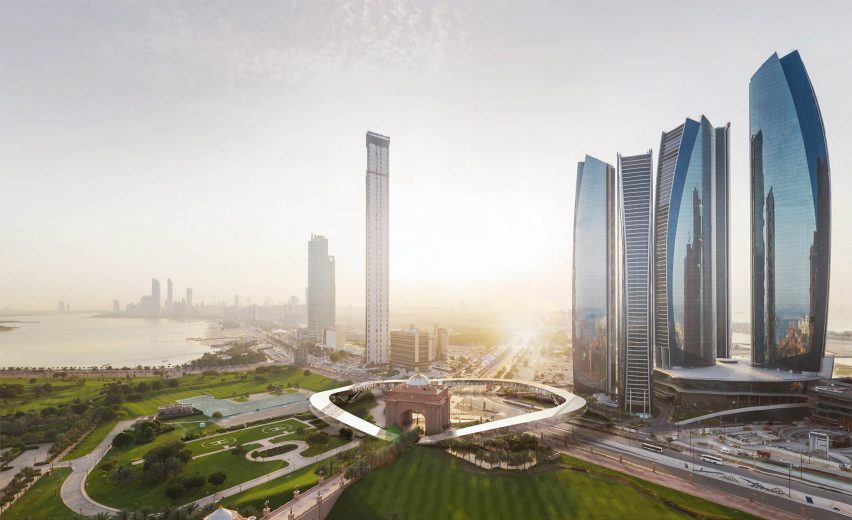
BIG designed the futuristic transportation system for Hyperloop One, a Los Angeles-based company racing to be the first to realise Hyperloop – the concept devised by entrepreneur Elon Musk.
Yesterday, BIG and Hyperloop One revealed in a teaser video that the transportation system would link the United Arab Emirate cities of Dubai and Abu Dhabi in just 12 minutes.
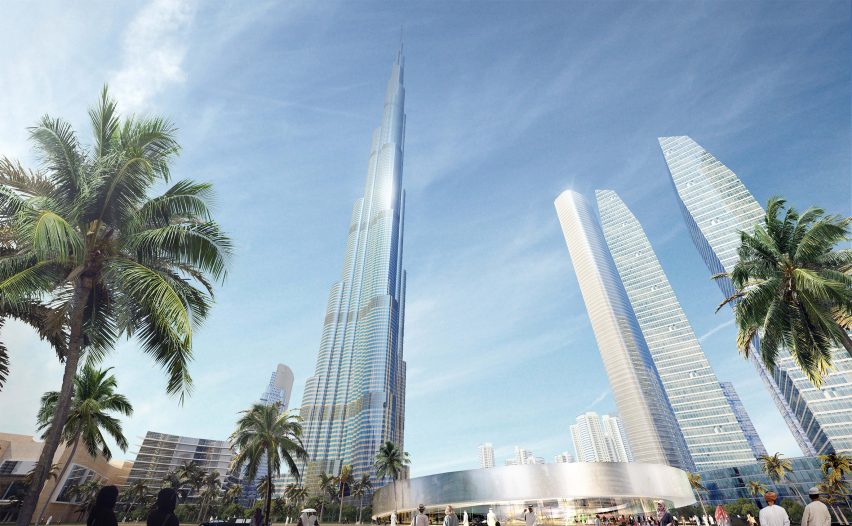
Today, the full video unveils BIG's full design for the system, which is intended to integrate with the cities' existing transport infrastructure.
"With Hyperloop One we have given form to a mobility ecosystem of pods and portals, where the waiting hall has vanished along with waiting itself," said BIG founder Bjarke Ingels.
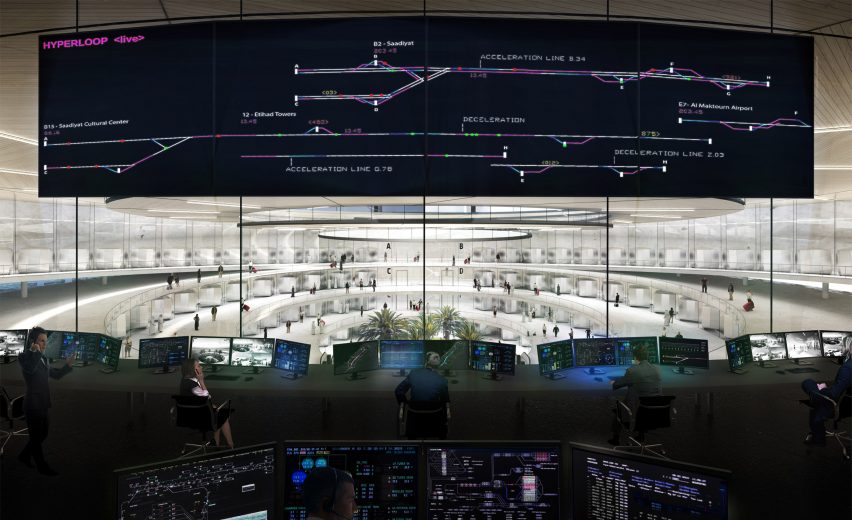
"Hyperloop One combines collective commuting with individual freedom at near supersonic speed," he added.
"We are heading for a future where our mental map of the city is completely reconfigured, as our habitual understanding of distance and proximity – time and space – is warped by this virgin form of travel."
Inside the portal, waiting halls are eliminated as frequent arrival and departures times provide passengers with on-demand travel.
Numbered departure gates are arranged in tiers around the edge of the circular plan of the portal.
Here, pods with room for six people are loaded onto a transporter – a pressurised vessel attached to a chassis for levitation and propulsion – that can travel at speeds of 1,100 kilometres per hour.
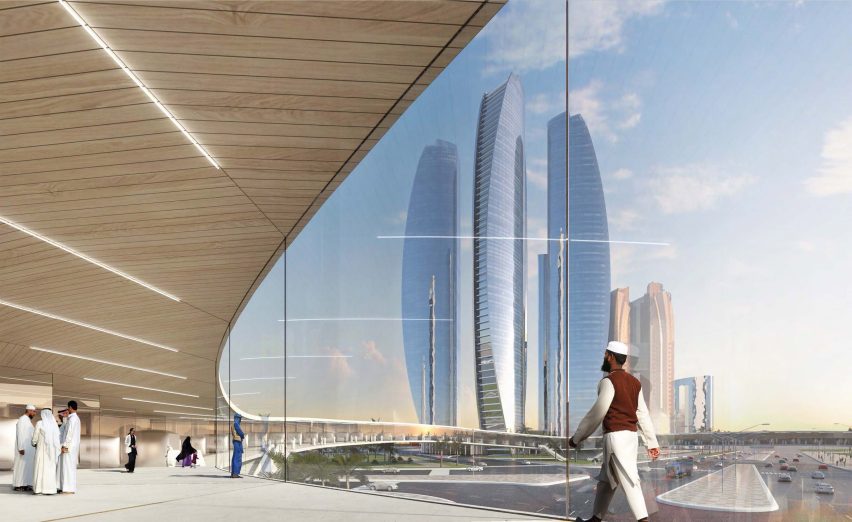
Once the pods have arrived at their destination they "hyperjump" into another portal before travelling onto the road to drop passengers off at their final destination.
"The pods operate autonomously from the transporter, which means they are not limited to the portal area and can move on regular roads and pick up passengers at any point," explained the studio.
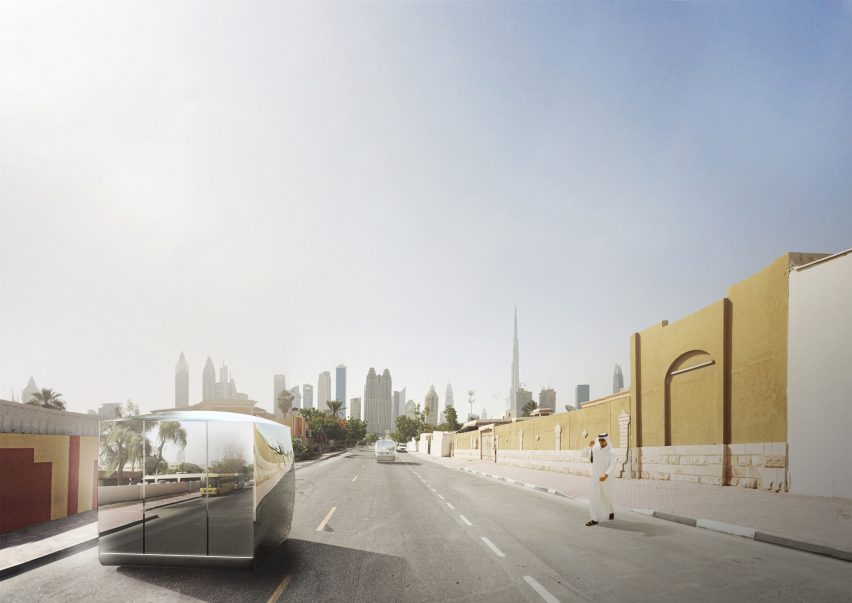
A range of pods are designed to offer passengers different seating arrangements, tailored for group, solo or business travel.
Hyperloop One has just signed a deal with the Dubai Roads and Transport Authority to conduct research into how the high-speed route might work.
"Together with BIG, we have worked on a seamless experience that starts the moment you think about being somewhere – not going somewhere," said Josh Giegel, who is the head of engineering at Hyperloop One. "We don’t sell cars, boats, trains, or planes. We sell time."
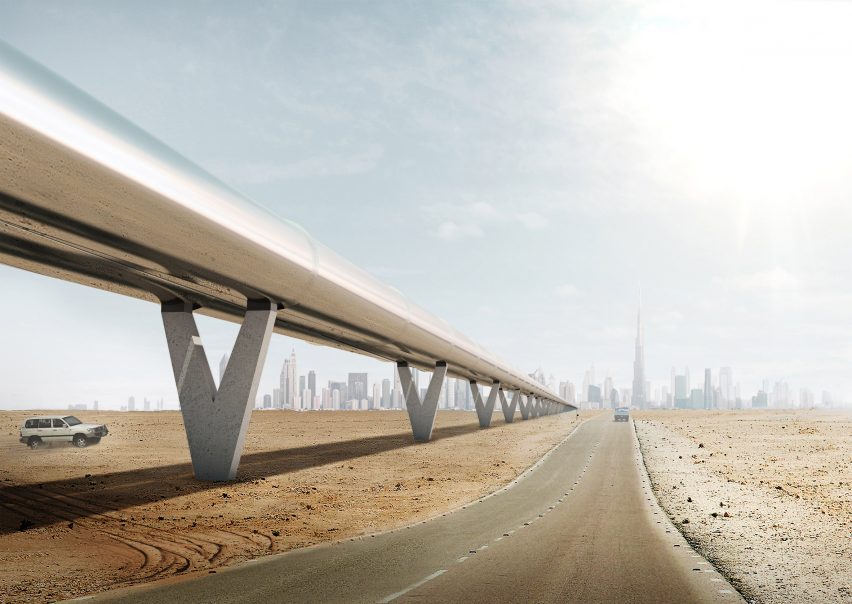
Hyperloop One's plans would connect Dubai with the UAE capital Abu Dhabi in 12 minutes, Riyadh in 48 minutes, Doha in 23 minutes and Muscat in 27 minutes.
"Hyperloop is about creating a love for the new possibilities out there," said BIG partner Jakob Lange.
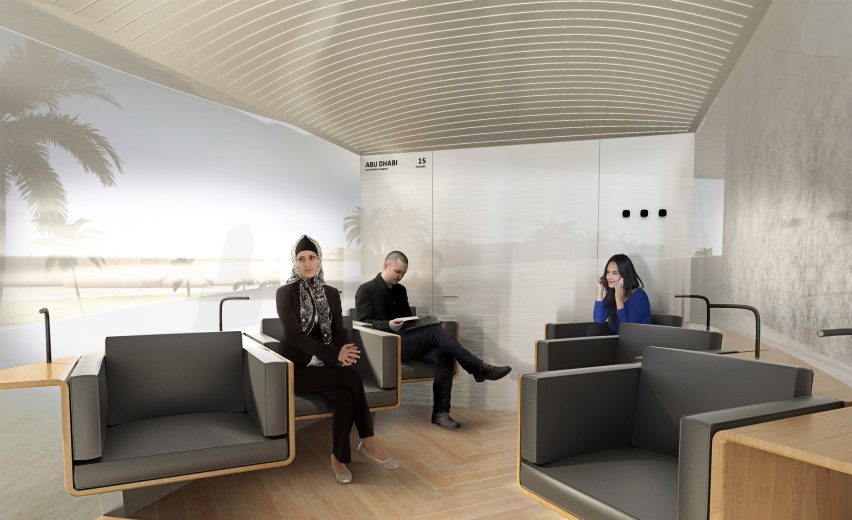
"With Hyperloop, city planning can happen far from the city centres as physical distances are virtually eliminated. And we are not waiting for new technology to realise it. We have everything we need," added Lange, who is also heading BIG Ideas.
Last month BIG shared an exclusive video with Dezeen discussing the concept behind its Hyperloop design.
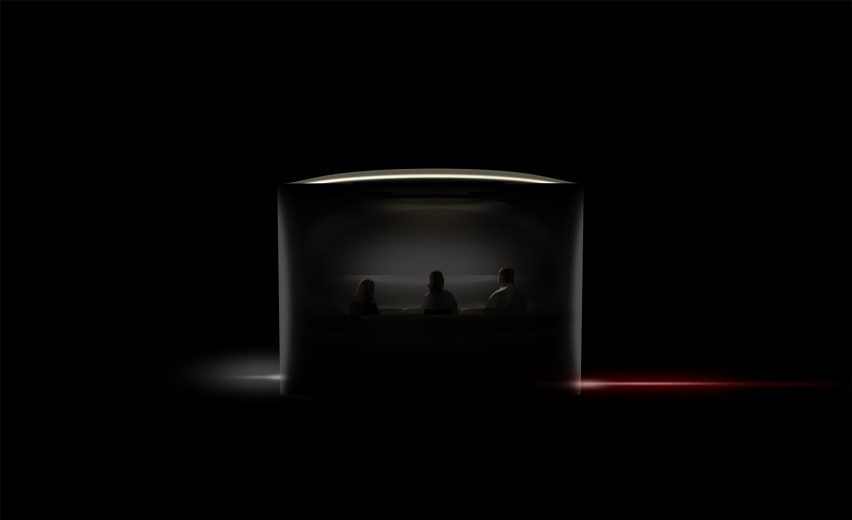
Hyperloop is the vision of entrepreneur Elon Musk, the founder of Tesla Motors, PayPal and space exploration company SpaceX.
Musk, who first unveiled the concept for Hyperloop in 2013, later open-sourced the technology and is no longer directly involved in its development.
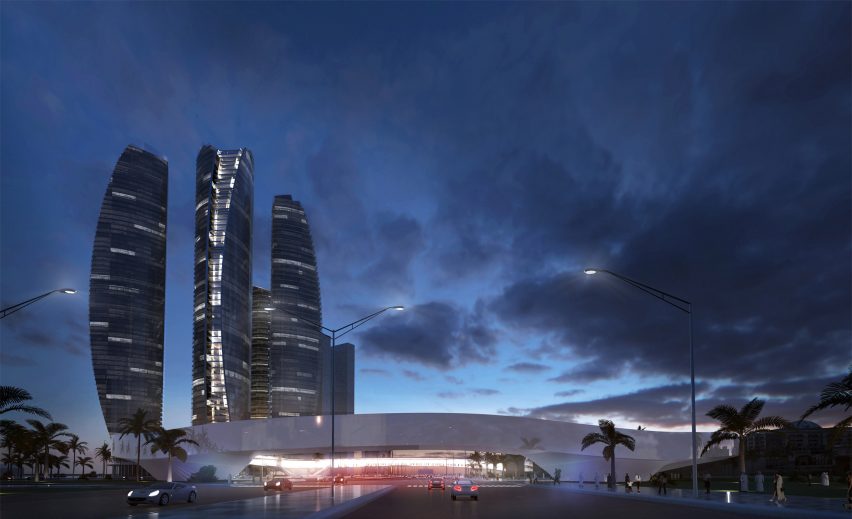
Hyperloop One is just one of a number of companies racing to create the first Hyperloop. It tested its propulsion technology for Hyperloop near Las Vegas earlier this year, where it achieved speeds of 187 kilometres per hour in 1.1 seconds.
Rival company Hyperloop Transportation Technologies is currently building a test track in California and is in discussions for a Hyperloop linking the European cities of Bratislava, Vienna and Budapest.
Video is by Squint/Opera.